The U.S. Navy has declared Initial Operating Capability (IOC) for a new infrared search-and-track sensor system developed by Lockheed Martin for F/A-18 Super Hornet strike fighters, according to a press release.
At the heart of the innovative system is IRST21, Lockheed Martin’s long-wave infrared search-and-track sensor that passively detects airborne targets well beyond visual range. This enhanced sensor is expected to boost the Super Hornet’s operational effectiveness and improve mission survivability for Naval Aviators.
The IOC declaration is seen as a key milestone supporting a full-rate production decision following successful flight tests by the Navy.
In a news update, Lockheed Martin’s IRST programmes director Paul Hey was quoted as saying, “Achieving IOC for IRST21 is a significant milestone and a testament to the strong partnership between Lockheed Martin and the U.S. Navy. This advanced sensor provides a critical capability to detect and track airborne threats at greater distances, ensuring pilots can complete their missions with enhanced situational awareness and survivability.”
Hank Tucker, vice president of Mission Systems for Lockheed Martin’s Sensors & Global Sustainment organisation, was also quoted as saying,
“With this game-changing leap in passive sensing technology, IRST21 will fundamentally reshape how air warfare is conducted while keeping pilots ahead of threats. We’re proud to enhance the Super Hornet with an advanced sensor system that ensures strategic superiority in evolving threat environments.”
The new infrared sensor capability is expected to play a crucial role in modernising air combat operations by providing pilots with improved long-range threat detection, thereby contributing to the overall safety and effectiveness of U.S. naval aviation, say the company.


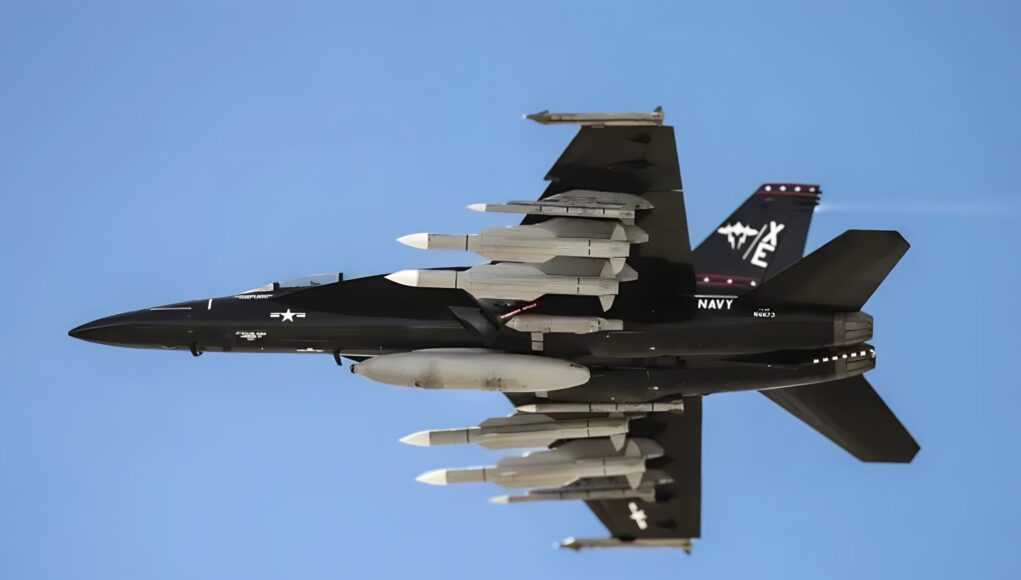
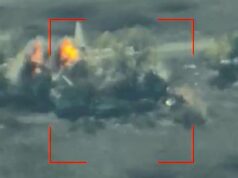
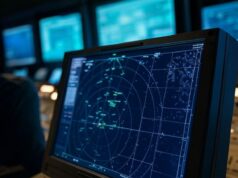

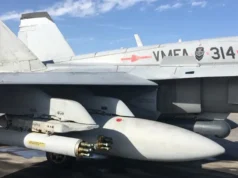
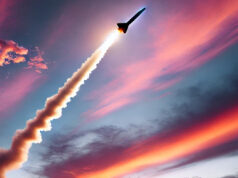
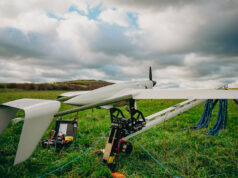
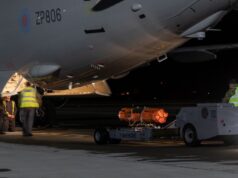
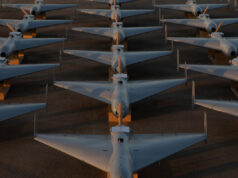



Stealth, the Emperor’s new clothes.
There’s one fundamental problem with the F18’s IRST. It’s located in the front of an external fuel tank. Which means the F18 pilot has to make the decision of either keeping the IRST/fuel tank whilst closing with an enemy or dropping it, to save on weight and drag. I believe they are looking at a similar external solution for the F22. Both of these aircraft should really have an airframe mounted device, but there’s unlikely any space in the nose, so they’ll have to make go with this Heath Robinson fix.
I think they would only ditch it in a dire emergency. The centre line tank isn’t as G limited compared to other stores. The jet can still pull 7.5G with the tank fitted. But I get what you mean. The IRST for the F22 will be housed in much more smaller/refined under wing pods. The Typhoon/F35 solution is much better.
It always amazed me how the USAF neglected IRST sensors. It would seem a particularly important technology for an F22 to have.
I listened to an episode of the Fighter Pilot Podcast where the host said he never dropped a fuel tank during his whole career in the USN. He was an F/A-18 driver, and had even been a Top Gun instructor.
Probably did not needed the extra performance. A fighter aircraft with drop tanks have G’s and speed limitations. Only those specially designed can do Mach 1.0 for example.
I have two questions…
1. Doesn’t having the IRST on a centreline tank considerably limit its field of view, particularly looking up? It would suggest that it’s either a huge compromise or optimised for air to ground.
2. Why does the FA18 series have underwing stores pointing outwards? I’m sure they’ve got an aeronautical reason, just looks odd.
I think I can answer that. A number of aircraft Typhoon included, have the under-wing pylon launcher angles slightly outboard or downwards. On the F35 this is to aid the reduction of the pylon/launcher/weapon’s radar cross section (RCS). However, a lot of the reasoning is to reduce fluttering and resonance. A good example is the F16. Traditionally the Sidewinder was fitted to the wing tip launcher, but in the last 10 years, an AMRAAM is now fitted. Whilst the Sidewinder is now fitted to the most outboard under-wing pylon, why? I believe this is because of the resonance the weapon was causing on the wing. The AMRAAM is heavier, so its resonant effect will be different to the lighter Sidewinder. Perhaps the resonance was damaging the Sidewinder.
There is also the aerodynamic flow field to consider. For example when an AMRAAM is fired off a launch rail. How does the exhaust plume interact with the aircraft? Is it sufficiently clear of the engine intake? How does the hot exhaust affect other weapons under the wing? By canting out the angle of the weapon, the flow field around the weapon is altered. The flow field and how the weapon separates from the aircraft a very important safety factors. You don’t want the weapon tipping up towards the aircraft after it’s left the rail for example. Boeing would have spent a considerable amount of time analyzing the flow field around the weapon to make it safe. Angling the weapons could also be part of this analysis.
The location of the IRST in the nose of the drop tank and underneath the aircraft’s centerline is a best compromise. If stuck under the wing for instance, the aircraft’s fuselage and other weapons will shield its view. Where it is located will enable it to look forward and down, but with a limited look up. The Typhoon has a similar problem with is PIRATE IRST for looking down. One of the modifications that was asked for was an under aircraft IRST. But this has to a degree been fulfilled by the Litening recce pod that is fitted under the fuselage.
The aircraft with the best passive optical system is the F35. As it can combine the electro-optical targeting system (EOTS) with the electro-optical distributed aperture system (DAS). Thereby giving it an unobstructed 360 degree and spherical view.